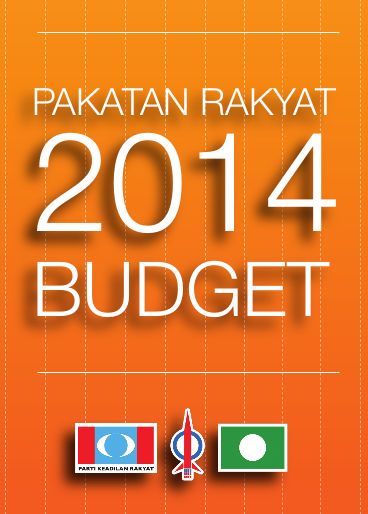Call on the government to write off 680,000 old AES summonses and refund RM 20 million already collected
Acting Transport Minister Datuk Seri Hishammuddin Tun Hussein said yesterday that the issue of Automated Enforcement System (AES) traffic summons paid before September 18 will be discussed at the Cabinet meeting next week. He said the ministry is studying several options including returning half the amount paid by offenders.
He was quoted in the Sin Chew daily that the final outcome will be a win win solution.
What is the meaning of win win? That the rate will be reduced by half so that the authorities can still collect half the penalty amount?
Hishammuddin seems to love to use words which are open to interpretations.
Mid last month, he has said that the decision to be made will be what the public wants.
Then a week later he announced that that the status of the old summonses will be decided by the Attorney General’s Chambers on the possibility of a write off.
The delay certainly was not what the public wanted. Let’s hope that this time there will not be any further delay.
I wish to reiterate my call that the old summonses should be written off and refund should also be made to those motorists who have paid.
According to a written parliamentary reply given to Segambut Member of Parliament Lim Lip Eng on July 17, this year, there are a total of 673,339 summonses issued to 628,045 motorists for speeding and 45,294 for running the red light. Summonses worth more than RM20 million has been collected.
Hishammuddin said yesterday that the total unsettled summonses stand at 680,000.
This means the government will have to write off old summonses worth RM 204 million and refund RM 20 million already collected.
I am of the opinion that it is justified to write off the unsettled summonses because in addition to the legal issue which has caused the authority to halt court prosecution, when the AES was implemented in September last year, there was a lack of publicity to inform the public neither were there adequate and large signboards erected at camera locations to warn approaching motorists.
There should also be a comprehensive review on the question of AES locations since there have been complaints that some locations marked have unrealistic speed limits.
The AES quantity to be installed should also be reviewed. So far, only 14 cameras have been installed, yet in one year alone; close to 700,000 summonses have been issued.
With more than 800 cameras being planned, it will be speed traps everywhere. Is this practical?
